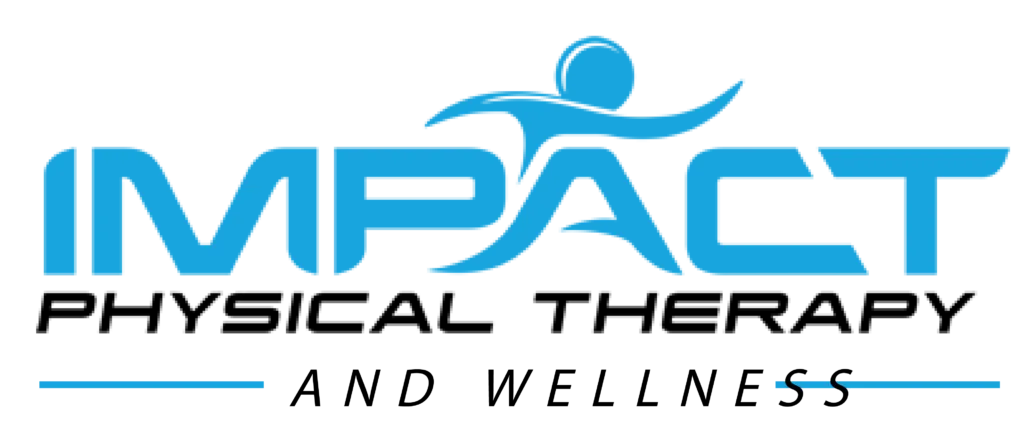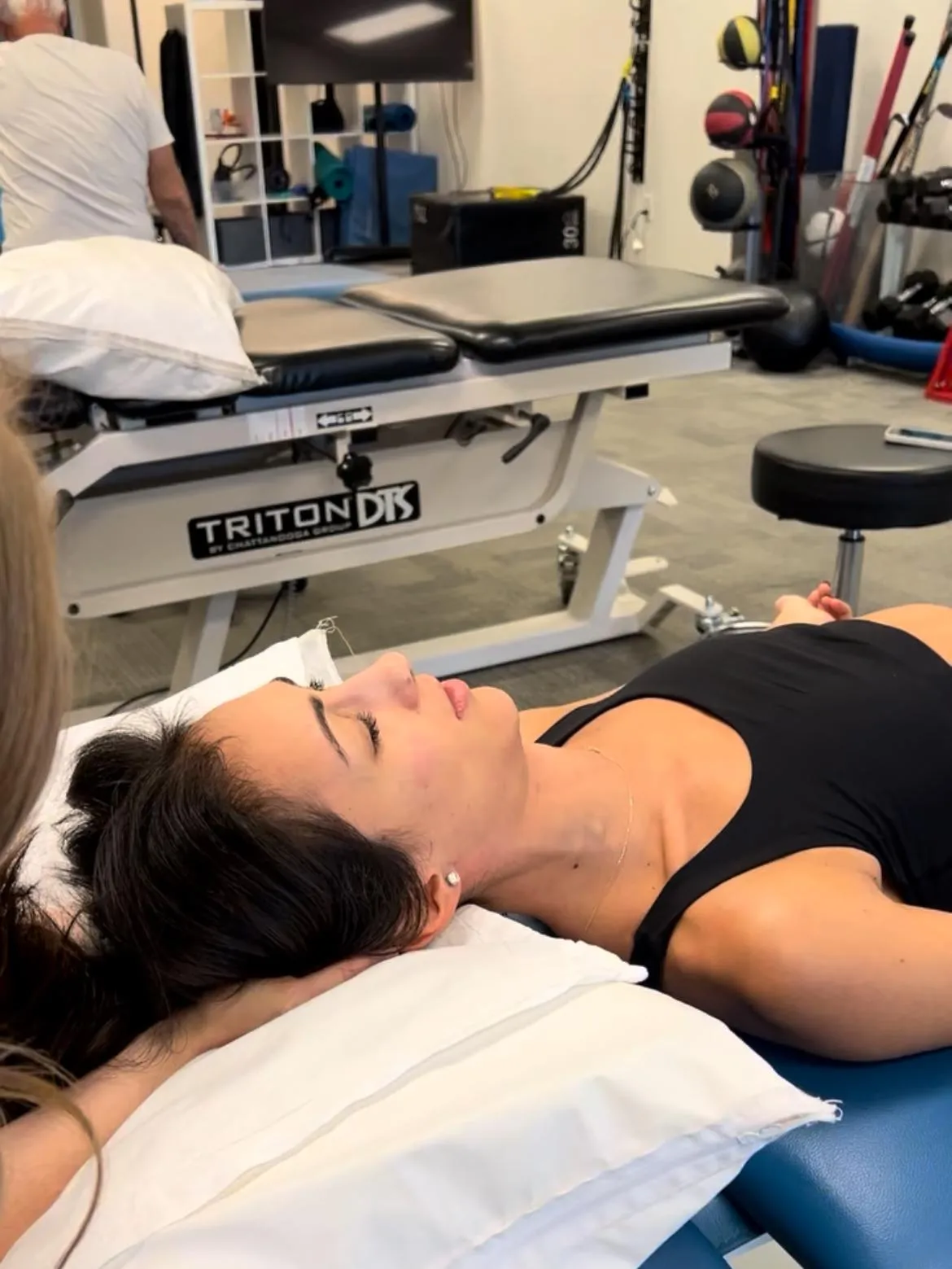
Welcome to Our Blog

The Link Between Posture and Chronic Pain: How Physical Therapy Can Help
The Link Between Posture and Chronic Pain: How Physical Therapy Can Help
Poor posture is more than just an aesthetic concern—it’s a common cause of chronic pain that can affect your back, neck, shoulders, and even joints like your knees and hips. In today’s world, with long hours spent at desks and on screens, many people unknowingly adopt poor posture, leading to pain that lingers and disrupts their daily lives.
Fortunately, physical therapy offers effective solutions to address posture-related issues, relieve chronic pain, and prevent further complications. Here’s what you need to know about the connection between posture and pain—and how physical therapy can help.
How Poor Posture Leads to Chronic Pain
When you maintain improper posture, your muscles, ligaments, and joints are forced to work harder to support your body. Over time, this imbalance can lead to:
1. Muscle Strain
• Constantly slouching or hunching over a desk puts extra strain on muscles in the neck, shoulders, and back. These overworked muscles can become tight, painful, and prone to spasms.
2. Joint Misalignment
• Poor posture can shift your spine and other joints out of proper alignment, increasing stress on your joints and leading to chronic pain or conditions like arthritis.
3. Compressed Nerves
• Rounded shoulders or forward head posture can compress nerves in the neck or upper back, causing pain, tingling, or numbness.
4. Reduced Flexibility and Mobility
• Over time, bad posture can limit your range of motion, making everyday activities like bending, lifting, or turning uncomfortable.
Common Posture-Related Pain Areas
• Neck pain: Often caused by forward head posture or “text neck.”
• Lower back pain: Results from prolonged sitting with a slouched spine.
• Shoulder pain: Caused by rounded shoulders and muscle imbalances.
• Hip pain: Poor posture can tilt the pelvis, placing extra strain on the hips.
How Physical Therapy Can Help
Physical therapy is one of the most effective ways to address posture-related chronic pain. Here’s how it works:
1. Postural Assessment
A physical therapist will analyze your posture while standing, sitting, and moving. This helps identify misalignments, imbalances, and weak areas that contribute to pain.
2. Personalized Exercise Programs
Your therapist will design a customized plan to strengthen weak muscles, stretch tight ones, and restore balance to your body. Exercises may include:
• Core strengthening: Improves spinal support.
• Back and shoulder stretches: Relieves tension and improves alignment.
• Postural re-education exercises: Helps you develop habits for proper posture.
3. Manual Therapy
Techniques like soft tissue massage, joint mobilization, and trigger point therapy can relieve pain and improve flexibility, making it easier to maintain good posture.
4. Ergonomic Advice
Your physical therapist can recommend changes to your workspace, such as adjusting your chair, desk height, or screen placement, to promote proper posture throughout the day.
5. Education and Habit Building
One of the most important aspects of physical therapy is teaching you how to maintain good posture in your daily life. You’ll learn how to sit, stand, and move in ways that protect your body from strain and pain.
Benefits of Correcting Your Posture with Physical Therapy
• Reduced Pain: Alleviate chronic discomfort in the neck, back, and shoulders.
• Improved Mobility: Restore your ability to move freely and comfortably.
• Better Performance: Whether at work or in sports, better posture enhances physical function.
• Injury Prevention: Good posture reduces the risk of future pain and injuries.
When to Seek Help for Posture-Related Pain
If you’re experiencing persistent pain in your back, neck, or other areas and suspect poor posture might be the cause, it’s time to consult a physical therapist. Chronic pain rarely resolves on its own, and early intervention can prevent long-term damage.
Take Control of Your Posture with Impact Physical Therapy
At Impact Physical Therapy, we specialize in helping patients overcome posture-related pain and regain their quality of life. Our expert team will assess your unique needs and create a personalized plan to get you back to feeling your best.
Don’t let poor posture hold you back. Schedule a consultation with us today and take the first step toward a pain-free future.
At Impact Physical Therapy, we focus on YOUR entire system
to not only identify the source of your symptoms, but to also treat the root causes of your shoulder pain.
We have helped hundreds of patients just like yourself avoid surgery, and pain killers by providing a hands on approach. Whether you have tried physical therapy somewhere else, have had pain for years, use pain killers or have tried EVERYTHING …. WE CAN HELP YOU.
Get in for a Free Consultation and let us show you why hundreds of patients have succeeded and now live a happy and active life.
Become one of the hundreds of patients that we have helped get back to an active life!
Why Impact Physical Therapy?
At Impact Physical Therapy, we focus on your entire movement system to not only identify the source of your symptoms, but to also treat the causes of your shoulder pathology.
We feel so confident that you will love the experience – this is why we have a 100% satisfaction guarantee!
Become one of the hundreds of patients that we have helped get back to an active life!
What to Expect from Us:
One-on-one care with a Doctor of Physical Therapy
Individualized plan of care
Innovative techniques such as cupping, dry needling, and kinesiotape
Easy lines of communication
Fast results
Friendly environment where everyone knows your name
Clean, fun and memorable